SATURDAY 19 March 2022 from 2-4 pm
Reception and Launch: Laiwan and TCR
-
Laiwan
LAIWAN (b. 1961) is a cultural activist, interdisciplinary artist, writer and educator with a wide-ranging practice based in poetics and philosophy. Born in Zimbabwe of Chinese parents, her family immigrated to Canada in 1977 to leave the war in Rhodesia. In 1983, she graduated from Emily Carr College of Art and Design and founded the Or Gallery. She received an MFA from Simon Fraser University School for Contemporary Arts in 1999. Recipient of numerous awards, including the VIVA Award (2023), ECU Emily Award (2021), BC Arts Council (2021), Canada Council for the Arts (2020) and the Vancouver Queer Media Artist Award (2008), Laiwan serves on national and provincial arts juries and local community committees, recent membership included the Chinatown Legacy Stewardship Group and the City of Vancouver Public Art Committee. She exhibits regularly; curates projects in Canada, the US and Zimbabwe; and publishes in anthologies and journals. Her collection of poetry TENDER: selected poems (2020) is published by Talonbooks. Leading up to her project Distance of Distinct Vision (1992) and since then, Laiwan has been investigating colonialism toward a decoloniality. From 2000, she has engaged embodiment through performativity, audio, music, improvisation, with varieties of media, along with bodily and emotional intelligence, so as to unravel and engage presence. Recent public commissions have enabled her to focus on issues of urban development, touching on poetic and philosophic themes related to current questions of environment and the built cityscape of Vancouver. Based on the unceded territories of the Musqueam, Squamish and Tsleil-Waututh First Nations, Laiwan taught from 2001-22 at the MFA in Interdisciplinary Arts Program at Goddard College (VT/WA, USA) and currently works in the Department of Arts, Reconciliation and Culture at the Vancouver Park Board. www.laiwanette.netRead More
-
On Saturday, 19 March, please join us for a reception to celebrate Laiwan’s exhibition Traces, Erasures, Resists, guest curated by Amy Kazymerchyk, and the launch of The Capilano Review’s 50th Anniversary Special Issue in which Laiwan is featured.
The reception takes place at the Belkin from 2 to 4 pm. Remarks begin at 2:30 pm; the artist and curator will be in attendance.
Laiwan: Traces, Erasures, Resists opened quietly in January without fanfare due to BC’s provincial health orders in response to COVID-19. The exhibition highlights the artist’s attention to the material and symbolic vocabularies of print and lens-based media between 1980 and 2000 and features her early interventions into the logic of the book form and the ideology of historical and encyclopedic genres. The exhibition title references processes related to printmaking, while also speaking to the absent narratives, redacted perspectives and critical refusals that are latent in official publications.
Issue 3.46 (Spring 2022), the first of The Capilano Review’s 50th Anniversary special issues, features Laiwan’s AGILE (2021), a work commissioned by TCR for their three-part glossary. Of AGILE, Laiwan remarks, “In the mid-1980s I found a partial Chinese dictionary discarded in a dumpsite that has since become the Strathcona Community Gardens. AGILE emerged from the pages of this dictionary, each page representing a letter—A-G-I-L-E—which together form the word. It continues the ongoing project dotting like flatheads: this is the english I learn, started in 1996, where I use correction fluid—a tedious medium that dries quickly, not agile in the least—to “white out” a bulk of each page, leaving behind poetic fragments.”
This collaborative event highlights the strong community connections Laiwan has developed and sustained over her literary and artistic career that spans from the 1980s to the present.
Image (above): Laiwan, AGILE, 2021, featured in The Capilano Review’s Spring 2022 50th anniversary issue
-
Laiwan
LAIWAN (b. 1961) is a cultural activist, interdisciplinary artist, writer and educator with a wide-ranging practice based in poetics and philosophy. Born in Zimbabwe of Chinese parents, her family immigrated to Canada in 1977 to leave the war in Rhodesia. In 1983, she graduated from Emily Carr College of Art and Design and founded the Or Gallery. She received an MFA from Simon Fraser University School for Contemporary Arts in 1999. Recipient of numerous awards, including the VIVA Award (2023), ECU Emily Award (2021), BC Arts Council (2021), Canada Council for the Arts (2020) and the Vancouver Queer Media Artist Award (2008), Laiwan serves on national and provincial arts juries and local community committees, recent membership included the Chinatown Legacy Stewardship Group and the City of Vancouver Public Art Committee. She exhibits regularly; curates projects in Canada, the US and Zimbabwe; and publishes in anthologies and journals. Her collection of poetry TENDER: selected poems (2020) is published by Talonbooks. Leading up to her project Distance of Distinct Vision (1992) and since then, Laiwan has been investigating colonialism toward a decoloniality. From 2000, she has engaged embodiment through performativity, audio, music, improvisation, with varieties of media, along with bodily and emotional intelligence, so as to unravel and engage presence. Recent public commissions have enabled her to focus on issues of urban development, touching on poetic and philosophic themes related to current questions of environment and the built cityscape of Vancouver. Based on the unceded territories of the Musqueam, Squamish and Tsleil-Waututh First Nations, Laiwan taught from 2001-22 at the MFA in Interdisciplinary Arts Program at Goddard College (VT/WA, USA) and currently works in the Department of Arts, Reconciliation and Culture at the Vancouver Park Board. www.laiwanette.netRead More
-
Related
-
Exhibition
7 Jan – 10 Apr 2022
Laiwan: Traces, Erasures, Resists
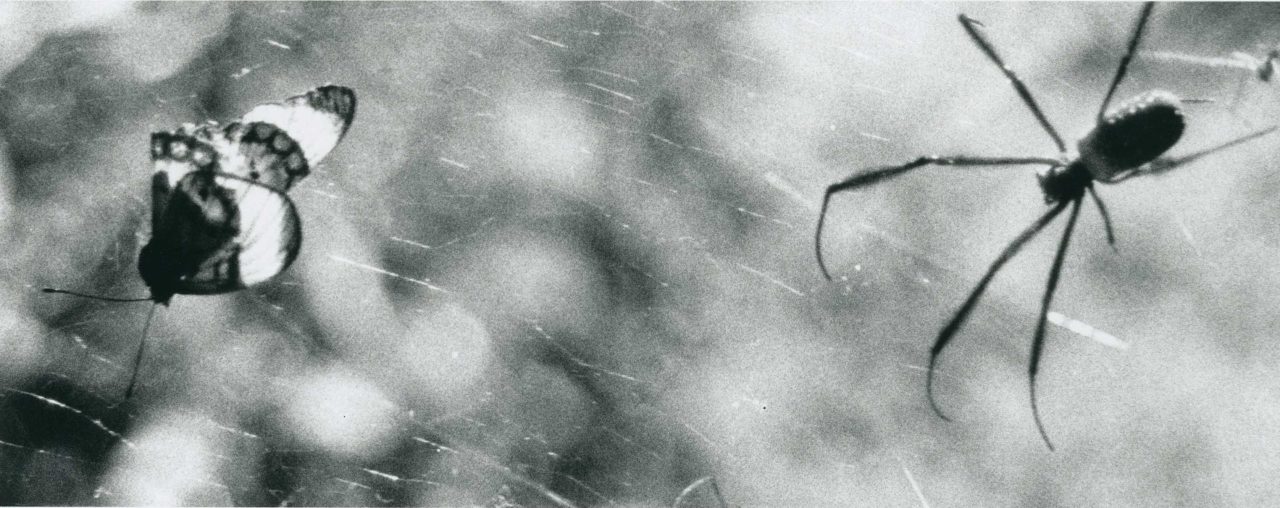
Laiwan: Traces, Erasures, Resists highlights the artist's attention to the material and symbolic vocabularies of print and lens-based media between 1980 and 2000 and features her early interventions into the logic of the book form and the ideology of historical and encyclopedic genres. Guest curated by Amy Kazymerchyk, the exhibition title references processes related to printmaking, while also speaking to the absent narratives, redacted perspectives and critical refusals that are latent in official publications.
[more] -
Tour
SATURDAY 15 JAN 2022, 2-3:30 PM
Artist and Curator Tour: Laiwan and Amy Kazymerchyk
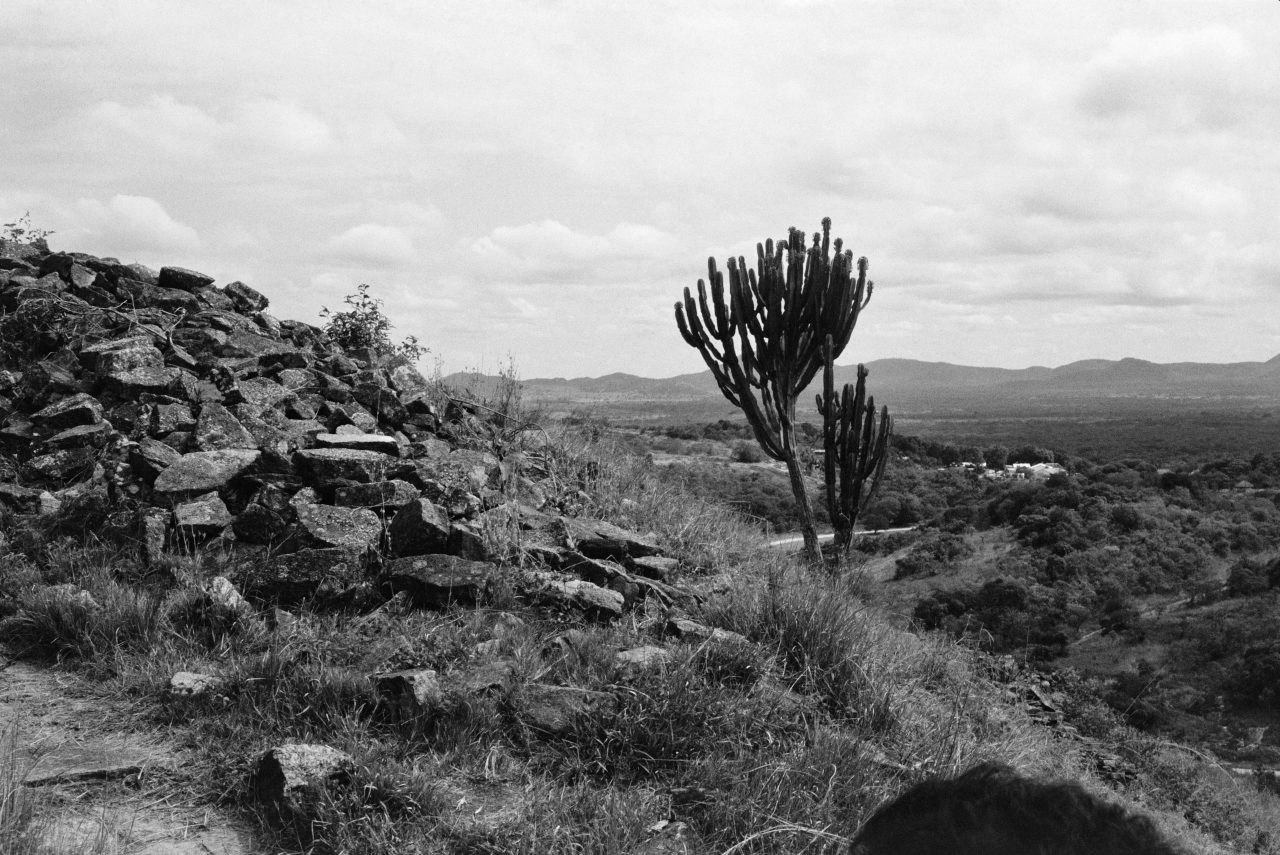
On January 17, Laiwan and curator Amy Kazymerchyk walked through the Belkin discussing their exhibition Laiwan: Traces, Erasures, Resists. The two touched on the latent traces, erasures and resists in the artistic and curatorial processes behind the exhibition. While the tour was to take place in front of a live audience, COVID-19 restrictions required that the conversation take place behind closed doors.
[more] -
Event
Outside the Belkin: Laiwan
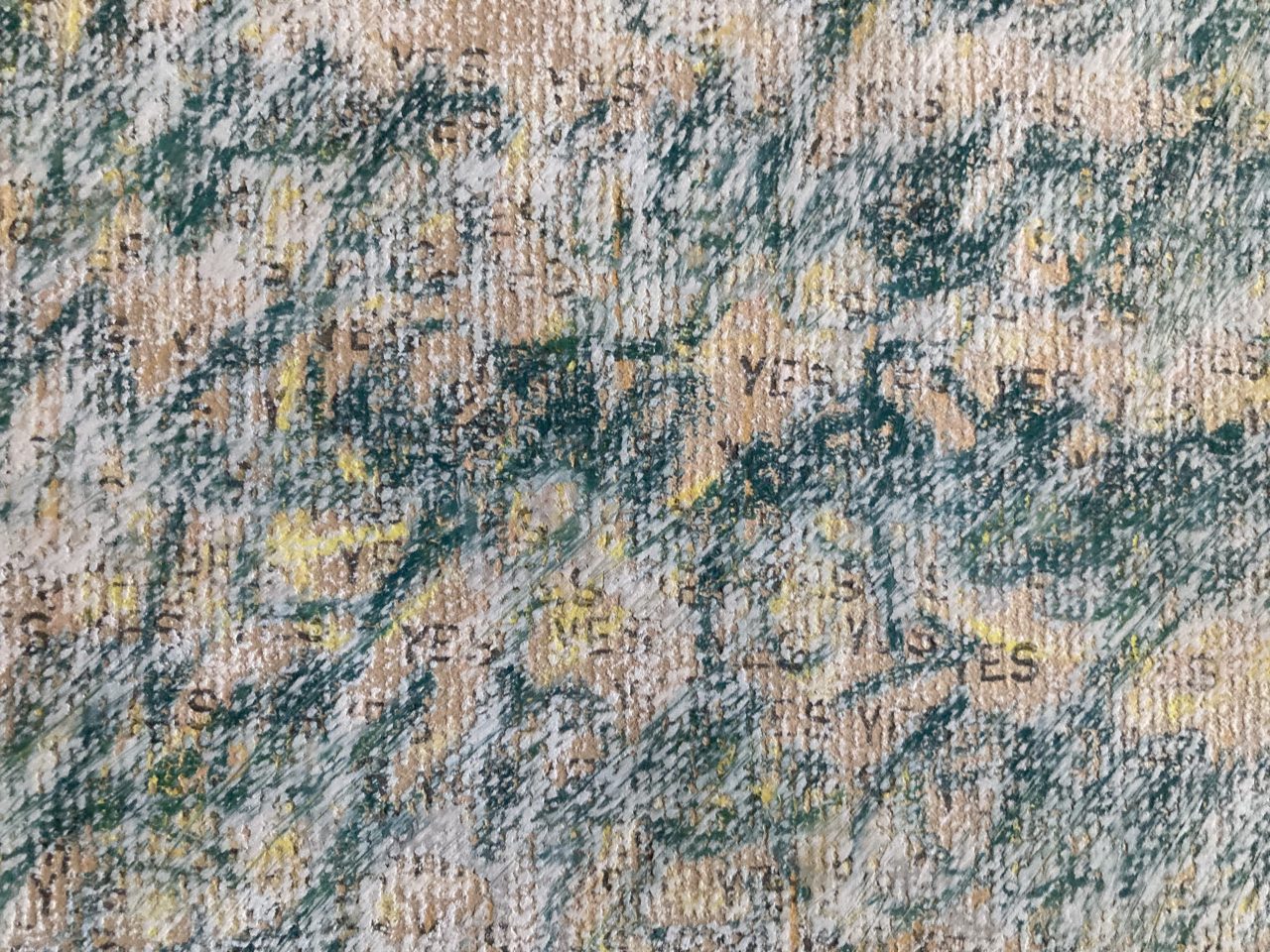
Over the course of her career, Laiwan has nurtured extended connections to many arts and community organizations across the city through her engagement with artist-run centres and her participation with queer, feminist, multicultural and visual art print publications. As a way of honouring and highlighting these relationships, the Belkin is cross-promoting events that Laiwan is engaged in across the city and more widely. This list is growing and changing; check often for updates.
[more] -
Tour
Tours: Laiwan: Traces, Erasures, Resists
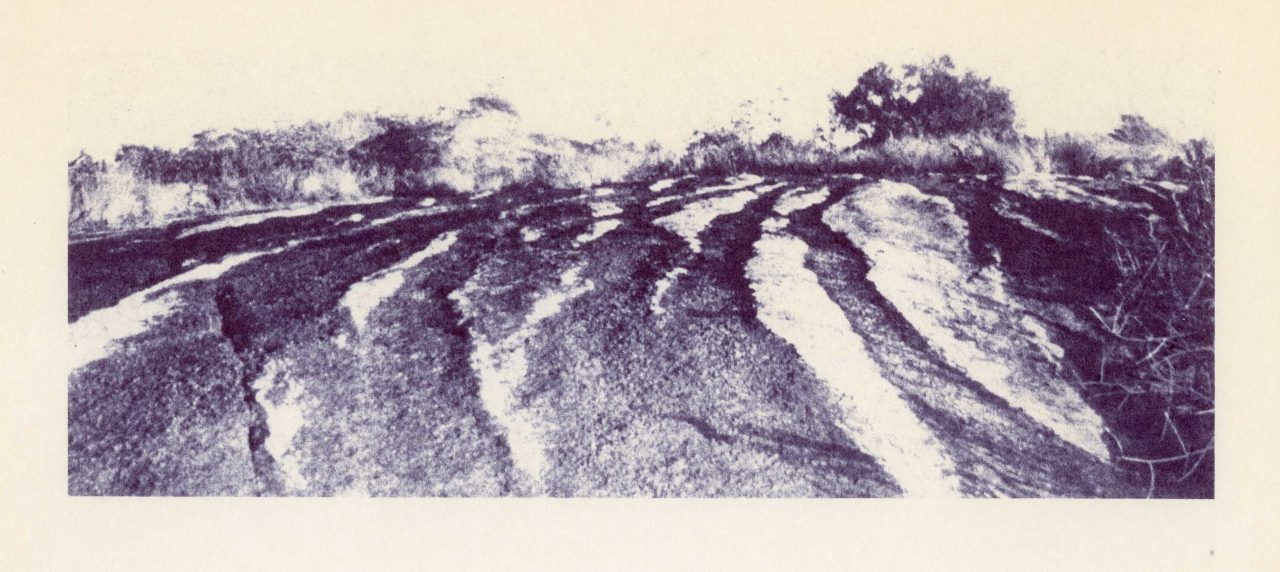
Tours and discussions of Laiwan: Traces, Erasures, Resists can be arranged according to current COVID-19 safety protocols from Tuesday to Friday for groups and classes, lasting 50 minutes and longer. For more information, please contact Belkin Public Programs by email at belkin.tours@ubc.ca or by phone at (604) 822-5600.
[more] -
Exhibition
7 JAN – 10 APR 2022
Outdoor Screen: Laiwan
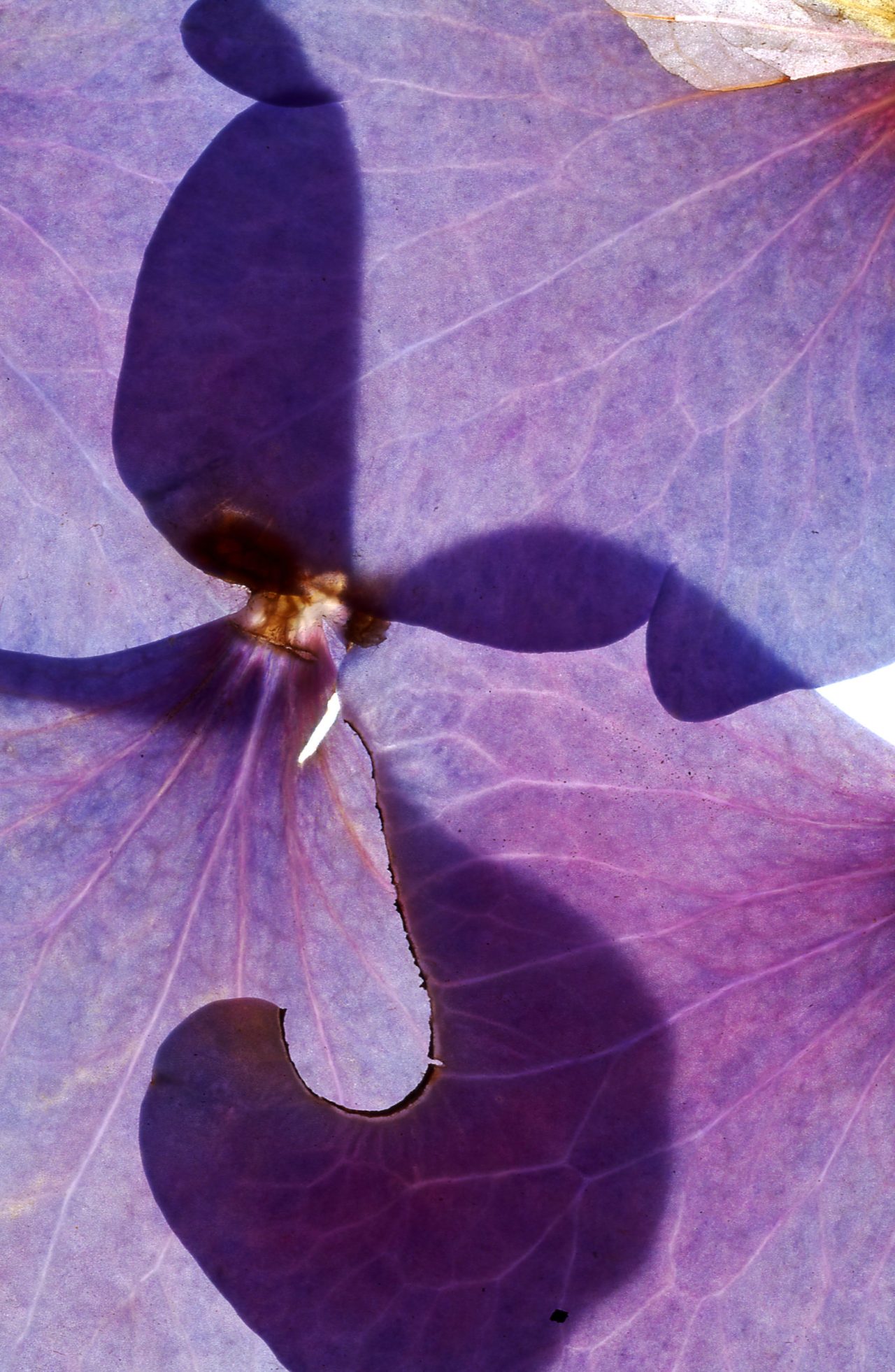
From January to April, the Belkin's Outdoor Screen sets a number of works in relation to one another, drawing associations between the exhibition Laiwan: Traces, Erasures, Resists in the gallery, the longterm artist's residency in the Outdoor Art program and the affinities to be found with research partners on campus.
[more] -
Exhibition
7 JAN – 10 APR 2022
Reading Room: Laiwan
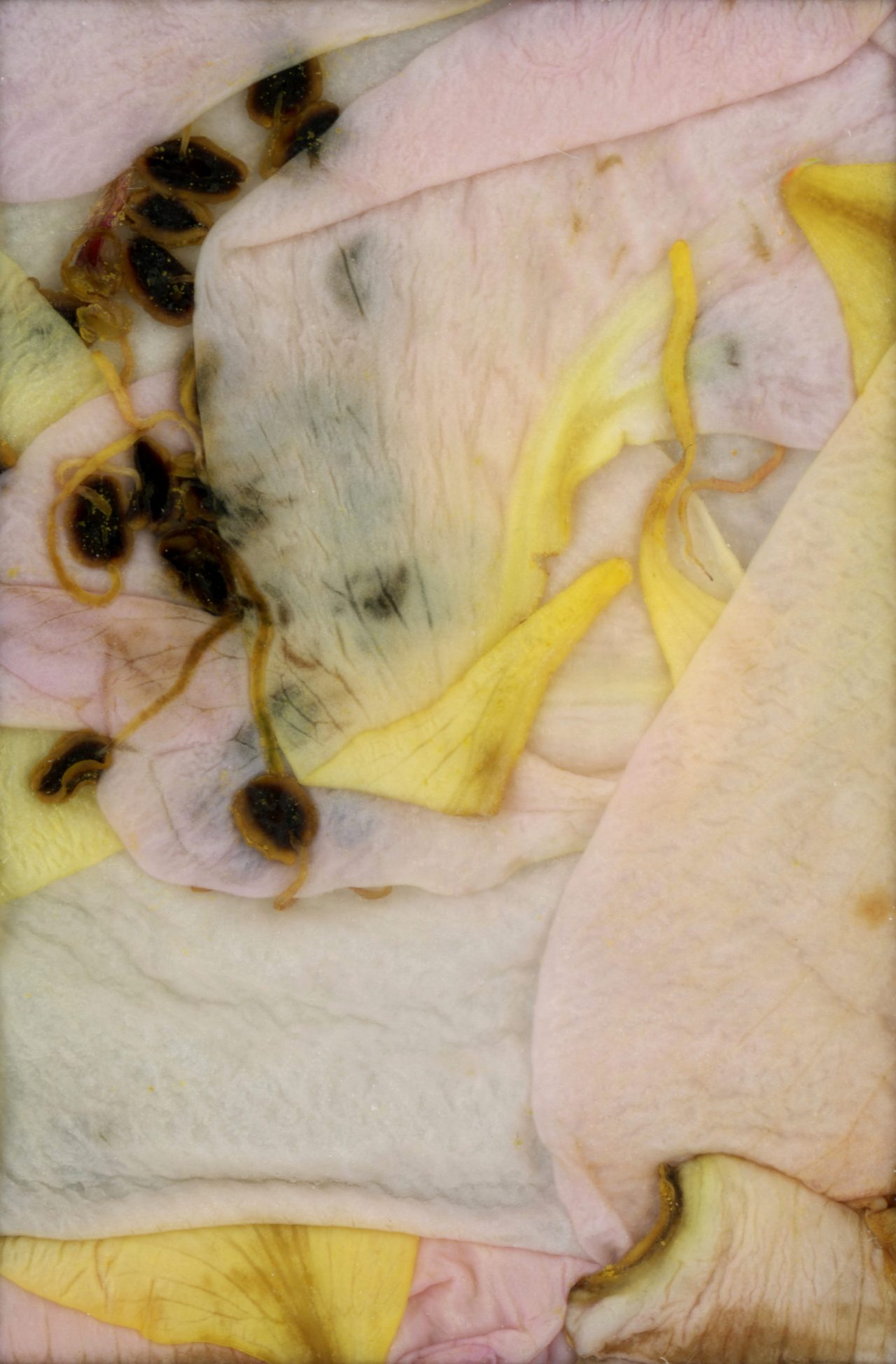
Laiwan: Traces, Erasures, Resists highlights the artist’s attention to the material and symbolic vocabularies of print and lens-based media between 1980 and 2000, and features her early interventions into the logic of the book form and the ideology of historical and encyclopedic genres. Since the early 1980s, Laiwan has made a meaningful contribution to Vancouver’s cultural ecology through her participation with numerous queer, feminist, multicultural and visual art print publications. In addition to the audio-visual works, Traces, Erasures, Resists presents Laiwan’s archive of public writing and community interventions. In addition to showing these writings and works in the gallery, the Belkin includes here a selection of the artist's writings for the duration of the exhibition.
[more] -
News
18 Jan 2022
Laiwan: Resources for Research

The following are resources related to the artists in Laiwan: Traces, Erasures, Resists. This list is not exhaustive, but rather comprised of suggested readings compiled by researchers at the Belkin. These readings are intended to provide additional context for the exhibition and act as springboards for further research or questions stemming from the exhibition, artist and works involved. Following the introduction, resources are arranged along the themes of traces, erases and resists as explored through and adjacently to Laiwan’s work. This compilation is an evolving and growing list, so check back in the future for more additions.
[more] -
News
03 Mar 2021
Works from the Collection: Laiwan
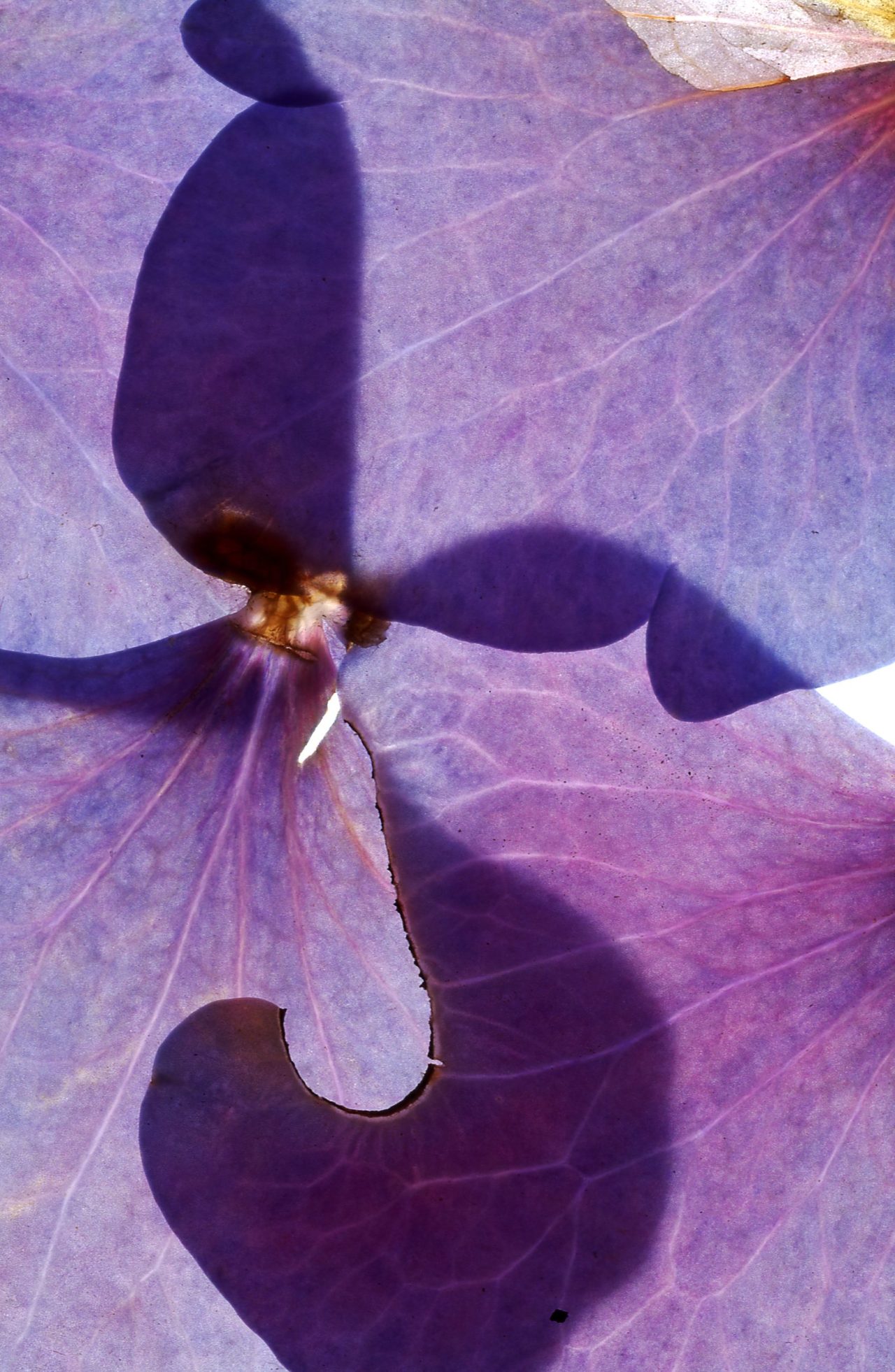
Laiwan writes, "Begun in 1987 investigating the questions, What is an image? What is a photograph?, she who had scanned the flower of the world... is an ongoing project where I collect flowers from the city I am showing in, placing the petals into slide mounts."
[more] -
News
06 Jan 2022
Works from the Collection: Laiwan’s African Notes

African Notes Parts 1 and 2 are composed of photographs that Laiwan took on a trip home to her birthplace of Zimbabwe in 1982, two years after the country’s independence.
[more]